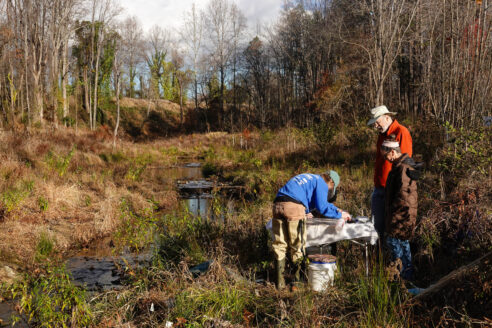Watershed Science
Understand the science behind Chesapeake Bay restoration.
Two Chesapeake Bay Program tools hold the key to 40 years of watershed data
September 12, 2025The partnership provides summaries of long-and-short term water quality trends for the Bay’s largest tributaries
Read story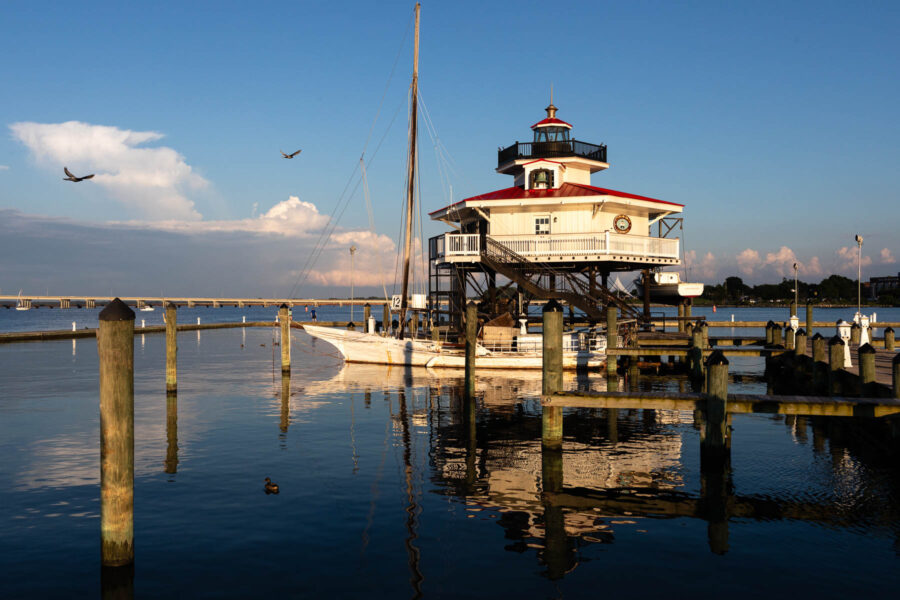
College students take on crucial Chesapeake Bay research projects
August 22, 2025C-StREAM gives research opportunities to populations who have been historically excluded from the environmental field
Read story
Hypoxia buoys look out for the Bay’s dissolved oxygen, but who’s looking out for them?
August 21, 2025Hypoxia monitoring sensors require routine maintenance to give accurate readings to help detect dead zones
Read story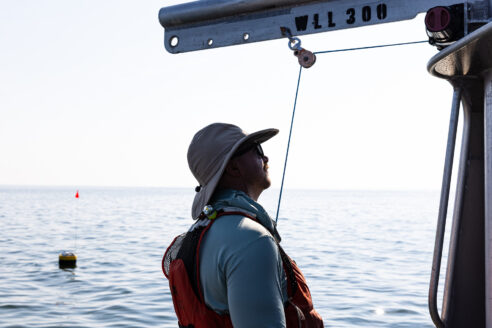
Flag Ponds Nature Park hosts horseshoe crab campout under the stars
June 30, 2025Event offers guests a chance to witness horseshoe crab spawning
Read story
The Chesapeake Monitoring Cooperative celebrates 10 years of successes
June 17, 2025The data network that helps connect communities with their local water quality indicators marks a significant milestone
Read story
Chesapeake Bay’s health declines slightly but remains on the right track over the long term
June 11, 2025Bay’s watershed earns a C+
Read story
Homegrown heroes
March 31, 2025The Elizabeth River Project is bringing 200+ year old wetlands back to the river
Read story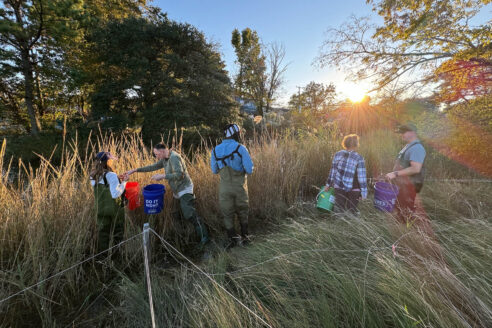
On this World Water Day, thank glaciers for giving us the Chesapeake we love
March 22, 2025It all began with a very bright meteor, 35 million years ago
Read story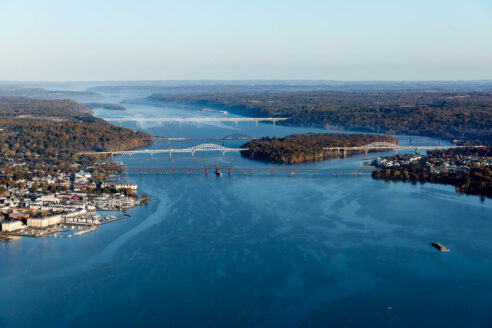
Volunteers save our streams
February 12, 2025The Izaak Walton League of America’s Save Our Streams community science program empowers residents to protect local waterways
Read story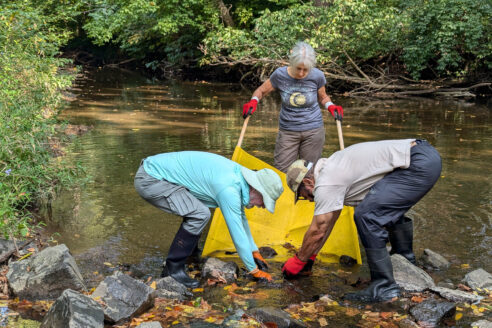
Restored Rivanna River tributary sets the stage for a new botanical garden
January 31, 2025A story of stream banks, bugs and botanical gardens
Read story